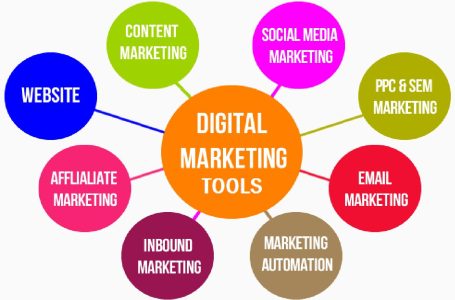A technology that automates repetitive tasks that once required human intervention is Robotic Process Automation (RPA). It is based on artificial intelligence or Machine Learning software, also called “software robots,” capable of imitating a human worker.
The software robot connects to an application to manipulate data, perform calculations, communicate with other digital systems, or perform various tasks. For example, this may involve performing database queries, maintaining records, or processing transactions.
Use of Robotic Process Automation
RPA tools use in a varied assortment of industries. They are instrumental in providing better customer service, for example, by automating contact centre processes such as verifying information.
Accounting tasks such as reporting or budgeting can also be automated. RPAs can automate tasks such as opening or closing an account or handling audit requests or insurance claims in financial services.
Basically, in the healthcare industry, RPAs automate the handling of patient reports, complaints, billing, account management, reporting, or data analysis.
Human resources use to automate tasks or to update employee information. This technology is also used in logistics to automate the processing and payment of orders, monitor inventory levels, or track shipments.
Benefits of Robotic Process Automation
Robotic process automation is typically used to automate interactions that move data between applications that would otherwise be siled. Moreover, a robot can operate in the same user interface as a human, replicating clicks and copy-paste actions.
One of the main advantages of robotic process automation is simplicity. Usually, an end-user can train and deploy a robot even if they don’t have development skills. Once deployed, the robot can immediately begin to perform valuable tasks 24 hours a day and at a lower cost. With robotic process automation solutions, the risks are limited, and the return on investment is potentially high.
Robotic process automation solutions are generally classified into two categories: assisted robots and unassisted robots.
Assisted robots
An assisted robot operates locally on a workstation and manages front-office activities. Basically, it performs tasks under human supervision and can trigger by system events.
Unassisted robots
Unattended bots can manage company data in the background on back-end servers. Since they operate without human intervention, they can trigger by events or scheduled to run on a scheduled basis.
RPA application
RPA knows its main applications in the following areas:
Customer Service:
RPA enables businesses to improve customer service by automating call centre tasks, including verifying electronic signatures, uploading scanned documents and verifying information for customer service. ‘an automatic approval or rejection.
Accounting:
Businesses can use RPA for general accounting, operational management, transactional reporting, and budgeting.
Financial Services:
RPA can help companies in the financial services industry make foreign currency payments, automate account openings and closings, manage audit requests, and process insurance claims.
Healthcare:
Healthcare facilities will use RPA to manage patient records, claims, patient support, accounts, billing, reporting, and analytics.
Human Resources:
RPA automates HR tasks, including managing employee onboarding and departures, updating employee information, and processing timesheets.
Supply Chain Management :
RPA has a place in supply management, automating order and payment processing, monitoring inventory levels, and tracking shipments.
Choosing RPA software
Business leaders seeking to equip themselves with RPA technologies must take into account specific criteria:
Scalability:
Basically, it’s not recommended to choose RPA software that requires robots on desktops or in virtualized environments. However, it is better to turn to highly scalable and centrally manageable platforms.
Speed:
It must be possible to design and test new robotic processes in hours or less and optimize bots for fast operation.
Reliability:
To launch robots intended to automate hundreds or even thousands of tasks, companies have every interest in equipping themselves with tools with integrated monitoring and analysis functionalities to control their systems’ integrity.
Simplicity:
Products should be simple enough that employees can configure them and use them for many types of tasks, including collecting data and turning content into information to make informed decisions.
Intelligence:
The best RPA tools can support simple activities broken down into tasks, read and write to any data source, and leverage deeper learning to drive automation further.
Professional scope:
Businesses should look for tools designed from the ground up for maximum scalability, reliability, and manoeuvrability.
You Can Also Read These Articles Too:
How to search all the photos stored on your Windows 10





